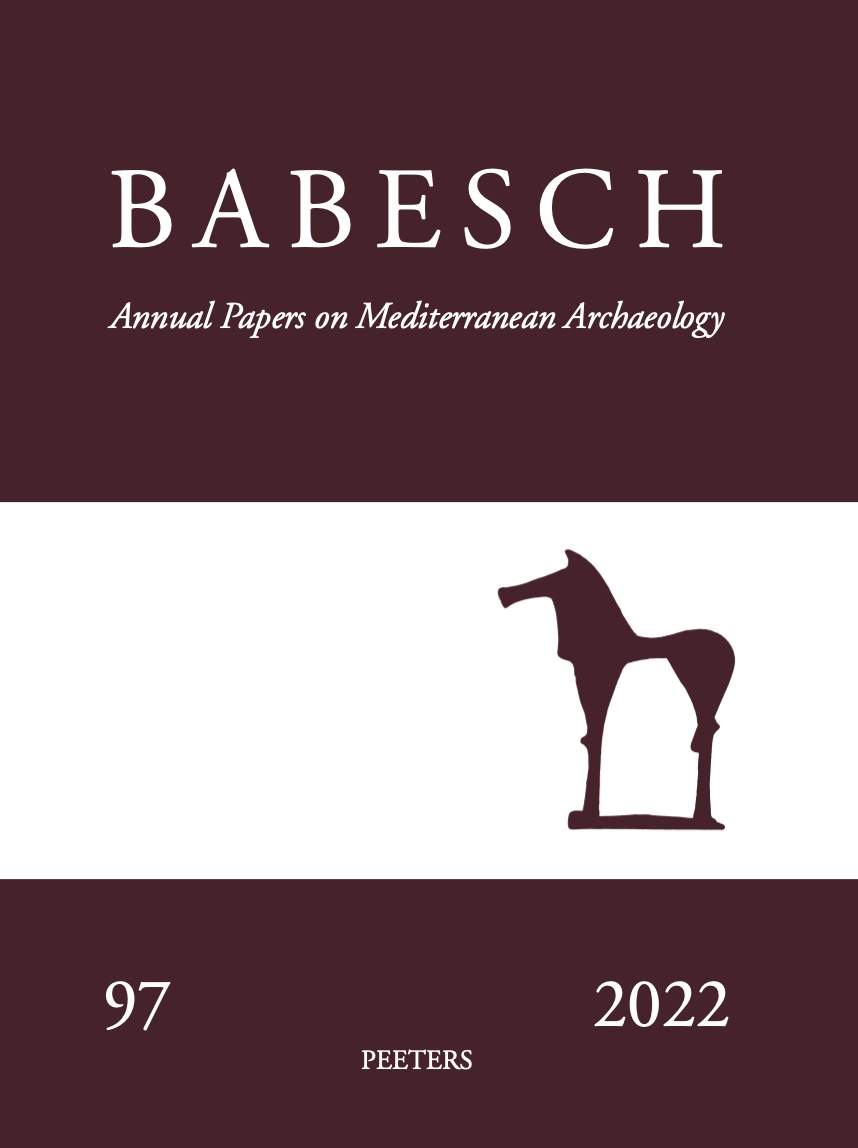 previous article in this issue previous article in this issue | next article in this issue  |

|
Document Details : Title: Homeric and Mycenean long-distance contacts Subtitle: discrepancies in the evidence Author(s): CRIELAARD, Jan Paul Journal: BABESCH Volume: 75 Date: 2000 Pages: 51-64 DOI: 10.2143/BAB.75.0.563183 Abstract : In recent years, new insights into the dynamics of orally composed poetry4and new archaeological discoveries that have enlightened the alleged obscurity of the Early Iron Age have seriously challenged this view. There even seems to be a growing consensus among historians and archaeologists that the epics mainly contain elements from the period of their composition, i.e. the decades around 700 BC. At the same time, a number of scholars remain convinced that there is a Mycenaean background to the epics, as is illustrated by some recent publications dealing with Late Bronze Age maritime trade. What especially fosters this belief is the discovery of two rich ships at Uluburun and Cape Gelidonya (Taşlık Burun) on the Turkish south coast, which had gone down – probably on their way to the Aegean – in the late 14th and late 12th century BC, respectively. In this paper, I will discuss alleged links between Homeric and Bronze Age trade. I will start, however, with a critical review of some Mycenaean elements found in the Homeric epics. I will then compare a number of salient features of the political and economic organization in the Mycenaean era and in the Homeric world. |
|
